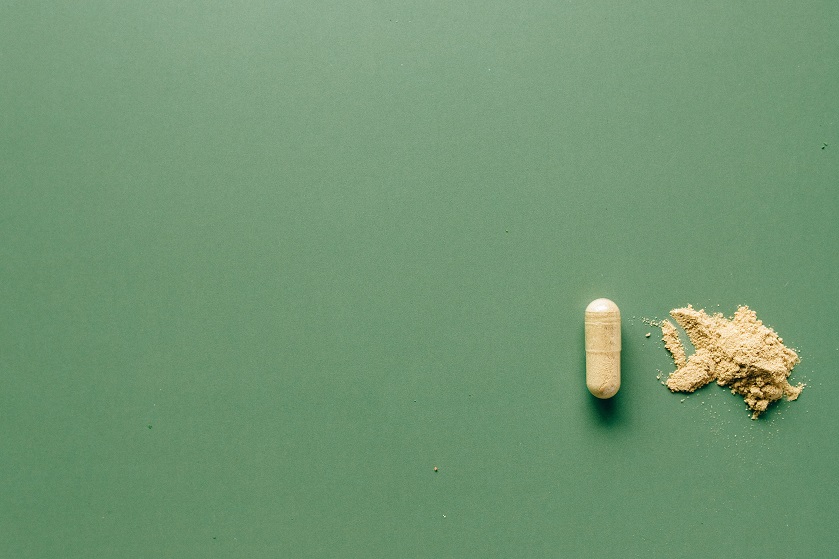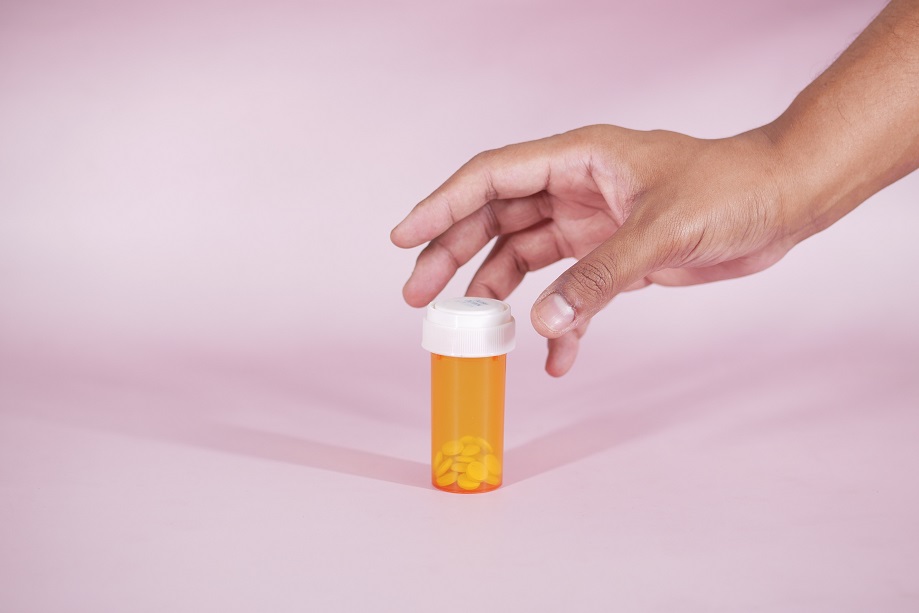Minnesota will start to receive funds to combat the statewide addiction problem.
Minnesota cities and local counties are set to beginning receiving the $300 million due to them beginning this summer. The funds will help them pay for treatment options and other services related to the state’s devastating opioid epidemic. They are receiving the payout following the $26 billion multistate settlement with opioid drug makers and distributors which led to Minnesota’s share.
On August 20, 2021, the Attorney General’s Office officially joined the $26 billion multistate settlement agreements with pharmaceutical distributors McKesson, Cardinal Health, and AmerisourceBergen, and opioid manufacturer Johnson & Johnson (J&J). The deal received final approval from the companies on February 25, 2022 and resolved investigations into the companies’ roles in allegedly deceptively marketing and wrongfully distributing opioids that caused widespread addiction and numerous overdose fatalities over the years.

The majority of Minnesota’s $300 million share ($222 million) will go to 230 local governments, according to the Minnesota Attorney General’s Office. These funds will be dispersed over 18 years and can be used for prevention and treatment programs as they see fit. On December 6, 2021, Attorney General Keith Ellison’s office officially announced the agreement with Minnesota cities and counties on how funds from these settlements will be allocated, which was a follows: “75% to counties and cities that sign on, and 25% to the State, to be spent on opioid abatement,” records show. The Minnesota Legislature approved the plan for how the cities and counties would be receiving the funds earlier this year.
On May 6, 2022, the Opioids Settlement Funds Bill passed in both houses of the Legislature, and State Governor Tim Walz held a ceremonial bill signing just this month beside a bipartisan group of state lawmakers, advocates, and members of the AG’s office.
“The passage and signing of this bill means that the money we won in these settlements is going out to communities that need it most,” said Ellison.
In 2017, the Minnesota Department of Health (MDH) launched a new system called MNDOSA to track hospital-related cases of substance abuse in real time. MNDOSA allows hospitals to send biological samples to MDH’s Public Health Laboratory for expanded toxicology testing, which allows the state to get a better idea of the circumstances and risk factors involved. This helps officials better understand how to allocate resources to combat the crisis and was used in determining how the funds should be distributed.
Opioid overdoses have claimed the lives of nearly 5,500 Minnesotans in the last two decades, according to the most recent data available from the Minnesota Department of Health, and the fatality rate has grown substantially year-to-year, culminating with a record 678 people killed in 2020, according to that data. This represents a 59% increase from the year prior.
Moreover, the coronavirus pandemic has caused a significantly spike in opioid overdose deaths as many individuals have chosen to turn to substances to cope. Many state officials have expressed concern in the growing number overdoses during the pandemic, and some have begun ramping up mental health services to address the issue.
Sources:
Funds From $300M Opioid Settlement To Arrive To Minnesota Counties, Cities This Summer
Fighting the Opioid Epidemic in Minnesota
Minnesota Drug Overdose and Substance Use Surveillance Activity (MNDOSA)


Join the conversation!